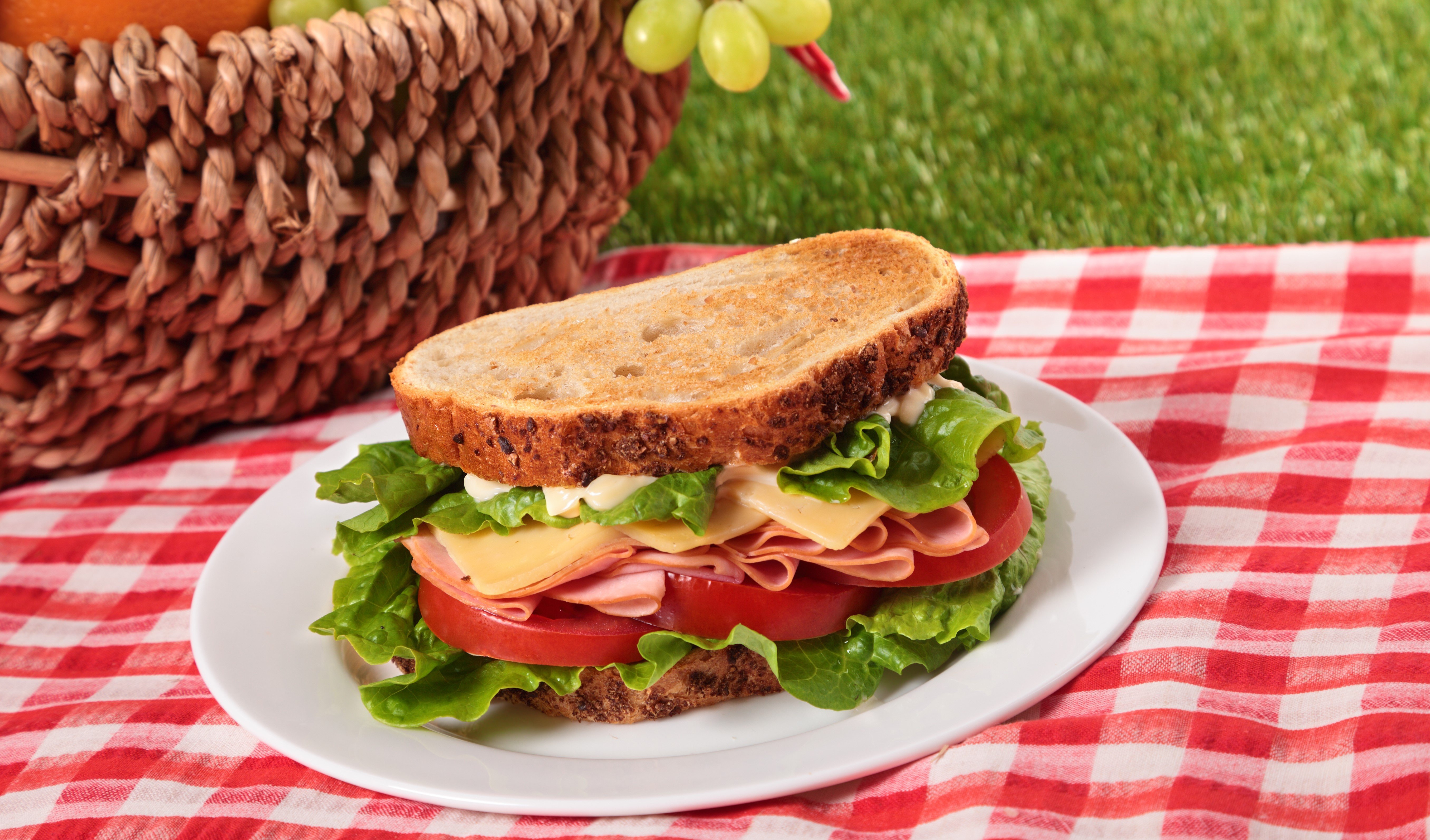
It’s officially summer, which means it’s also unofficially picnic season, and July is National Picnic Month. Longer, sun-filled days allow plenty of time to pack a basket or cooler full of picnic classics and head to the park for a relaxing afternoon. You can find a picnic table or pavilion and set up camp for the afternoon, or bring your own picnic blanket and set up wherever you want. Don’t forget the essentials like sunscreen, bug spray, an umbrella for shade, and of course: the food! Have you ever thought about how picnic food and food safety go hand in hand? When thinking about keeping picnic food safe, most people think of keeping cold foods cold and hot foods hot to prevent harmful bacteria growth.
This is certainly important to keep in mind when storing and preparing these summer food staples at your picnic site, but have you ever considered what goes into keeping your food safe before you even purchase it? Many of the most common picnic foods have the potential to be contaminated with mycotoxins and other harmful substances if not monitored properly long before you even plan your day at the park.
Let’s take a look at some popular summer picnic foods in relation to their potential for mycotoxin contamination. Often, the main course for a picnic lunch is sandwiches. Bread that has been made with mycotoxin-contaminated wheat could be harmful, so it is important that the wheat used to make the bread was monitored and tested. The most common mycotoxins found in wheat are deoxynivalenol, zearalenone, and ochratoxin A. If your sandwiches contain meat and cheese, these foods could be contaminated with mycotoxins as well. Deli meats such as salami could contain mycotoxins if the ingredients that went into them (ex. spices, animal by-products, and casings) were contaminated. Cheese can be contaminated with mycotoxins either indirectly via contaminated milk, where the main concern is aflatoxin M1, or directly by other mycotoxins. Many different mycotoxins can be found in cheese depending on the origin, and levels present can vary. Another concern with cheese is biogenic amines, which are any of a group of naturally occurring, biologically active amines that act primarily as neurotransmitters and can affect mental functioning as well as regulating blood pressure, body temperature, and other bodily processes. Thinking back to mycotoxins, many popular picnic side dishes carry the potential for contamination as well. Potatoes used in potato salad, for instance, can be affected by Fusarium Dry Rot (FDR), which can be accompanied by trichothecene mycotoxins. Pasta salad can also carry mycotoxin risk, since pasta is made with wheat. A number of other picnic staples have potential for mycotoxins, such as apples carrying risk of patulin contamination, etc. The bottom line is, there are too many picnic foods that have mycotoxin potential to list them all, which is why FDA regulations and food safety testing are so important.
At Trilogy, our focus is food and feed safety. We primarily test samples for mycotoxins, but we also offer several other areas of testing including biogenic amines, veterinary drug residues, food allergens, and mycotoxin binder analysis. The FDA has strict regulations on acceptable levels of mycotoxins in food intended for human consumption, and all of our detection limits at Trilogy are below these FDA action levels. We’re here to make sure your food is safe so you can enjoy it without worry. So, enjoy all the picnic food you want this summer, and don’t forget the sunscreen!


Share on Social Media: